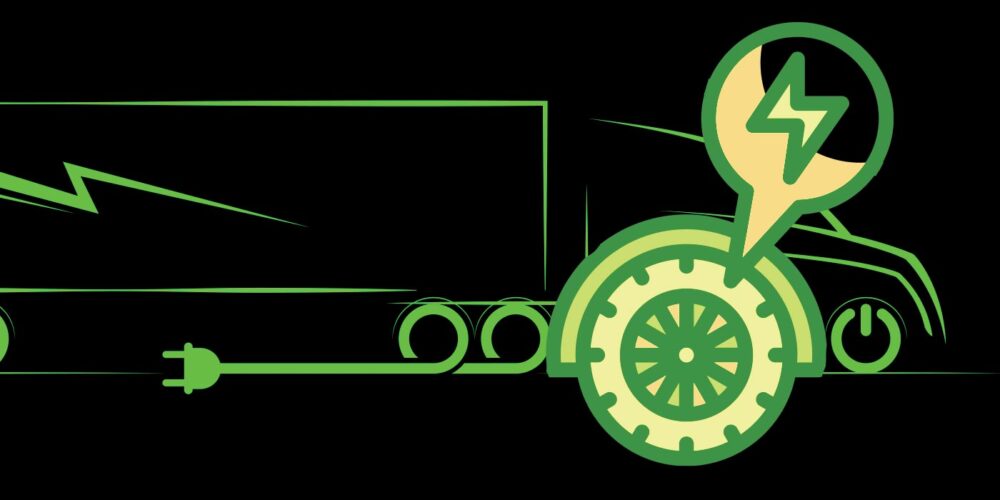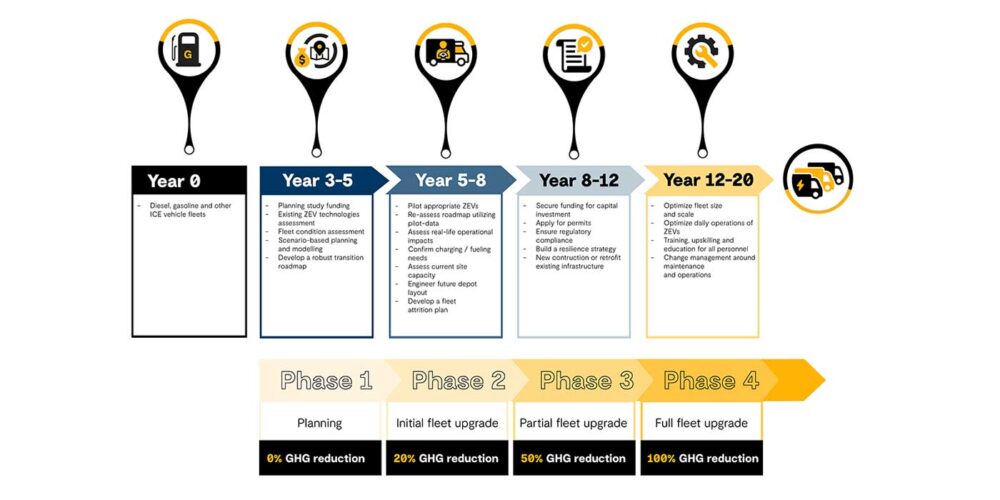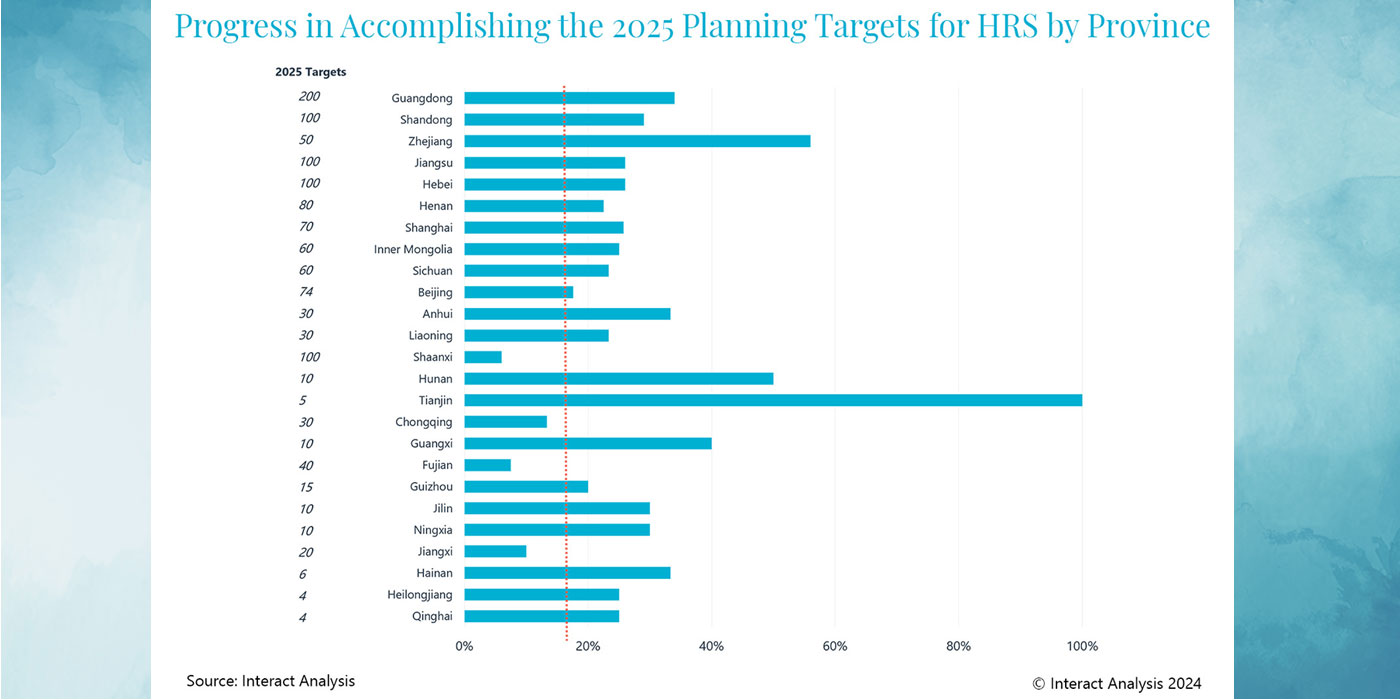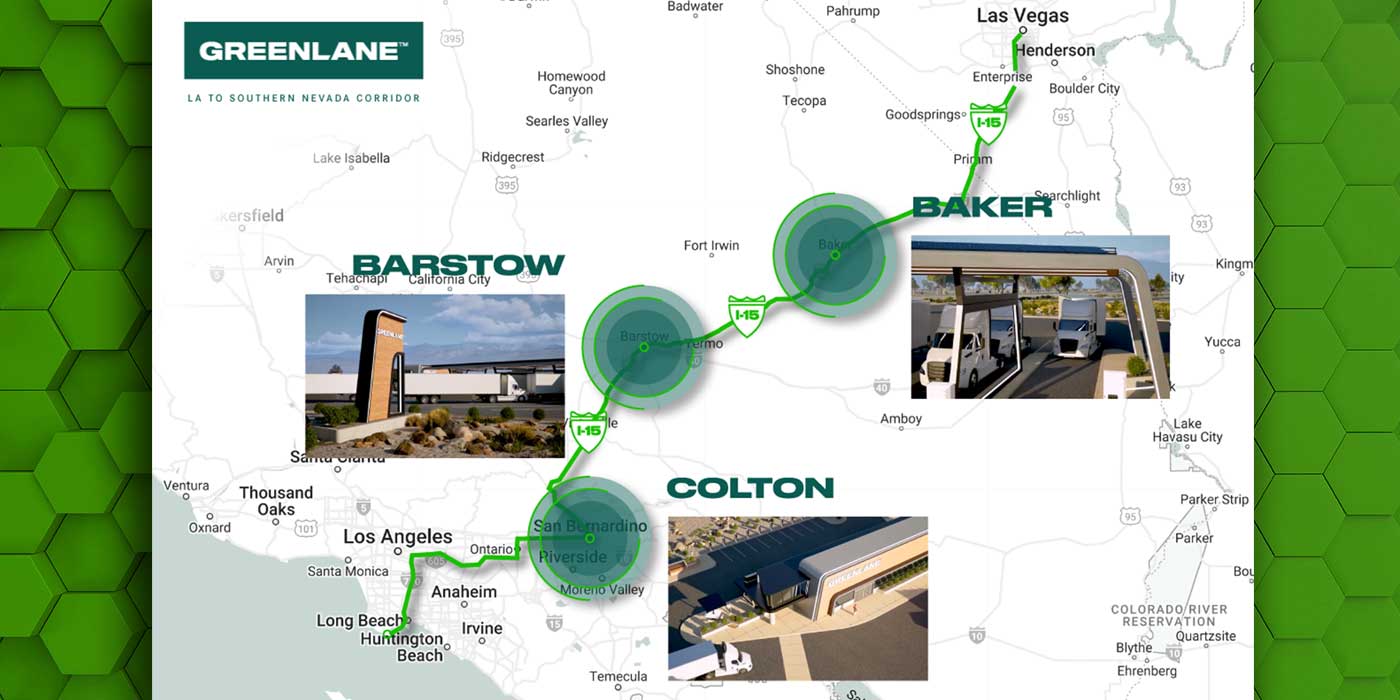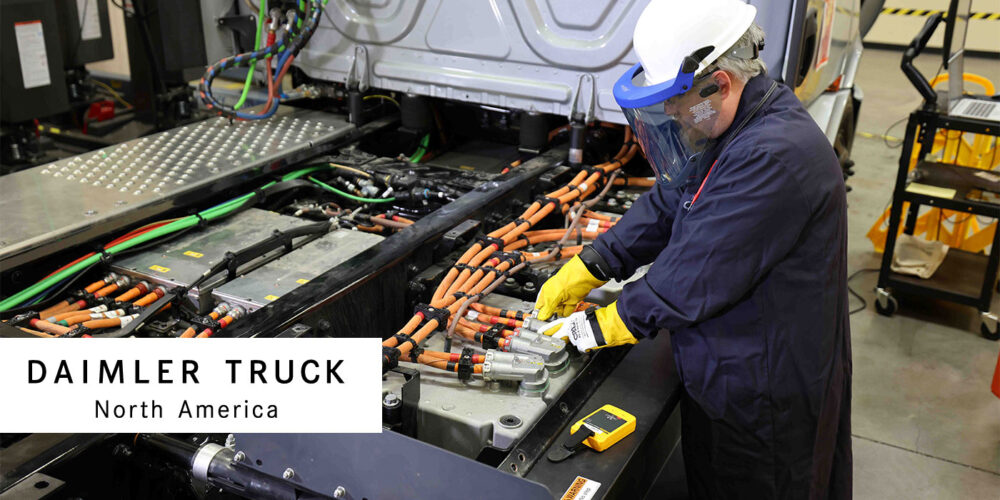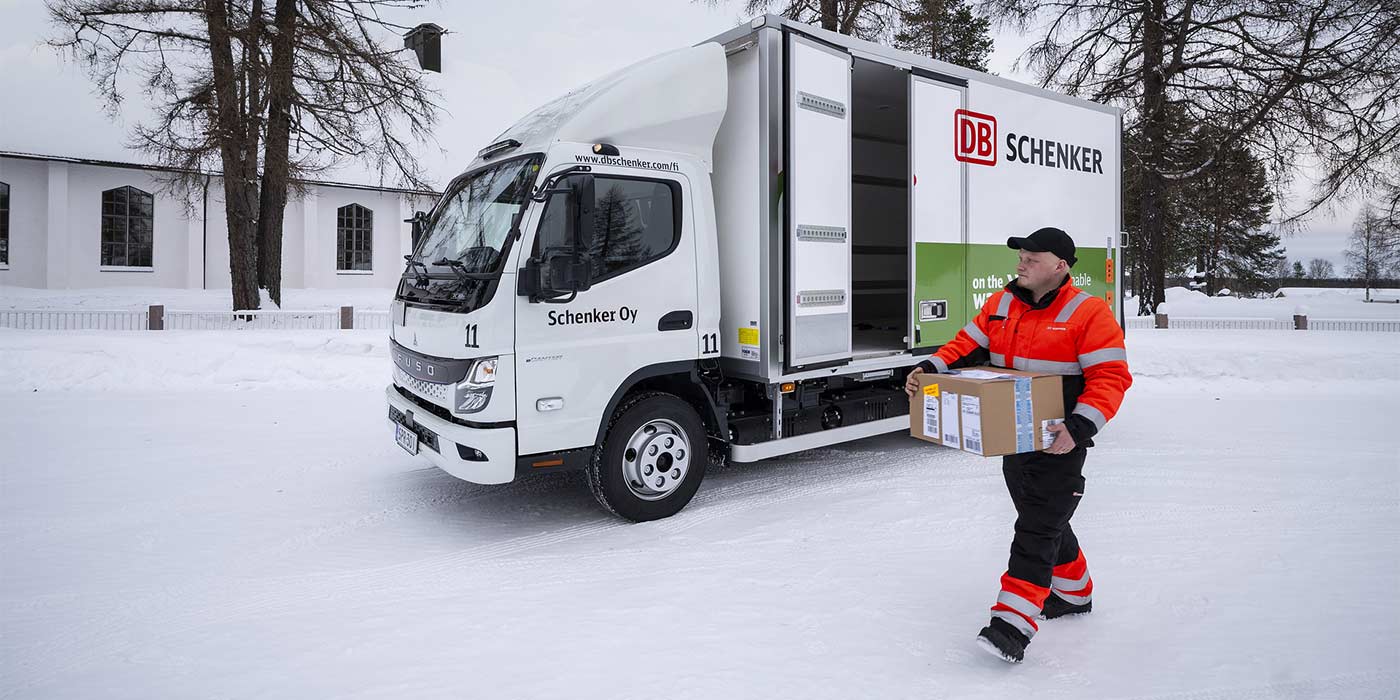One of the difficulties in removing the multitude of climate-altering emissions from the environment is the reliance on fossil fuels to power internal combustion engine vehicles for fleets of trucks—from last-mile delivery vans to long-haul 18-wheelers. However, governments are moving forward with ambitious targets and mandates to accelerate the transition towards cleaner fleets.
For instance, California’s Advanced Clean Trucks (ACT) regulation requires manufacturers to gradually increase the percentage of zero-emission trucks sold, aiming for 100% zero-emission truck sales by 2045. Similarly, the ZEV program in nine states (Connecticut, Maine, Maryland, Massachusetts, New Jersey, New York, Oregon, Rhode Island, and Vermont) and the ZEV standard in Canada set goals for increasing the adoption of EVs and zero-emission technologies. Also, in 2023, the EPA announced a proposal (Phase 3 greenhouse gas) to revise existing standards to reduce greenhouse gas emissions from heavy-duty vehicles for model year 2027; and set new, more stringent standards for model years 2028 through 2032.
These regulatory frameworks provide a crucial foundation for advancing fleet decarbonization. However, the question remains: how do we achieve orderly and economically viable fleet decarbonization at scale?
The answer becomes clear when we examine the financial advantages of embracing sustainable transportation solutions. Overall, a company with 100 heavy-duty vehicles could save an estimated $15.1 million over 15 years by converting from conventional fuel vehicles to clean vehicle alternatives based on total cost of ownership differences.
Savings stem from several areas. These include the lower potential cost of electricity produced from renewable energy sources compared to using fossil fuels and the simpler powertrains of zero-emission vehicles (ZEVs), which require less maintenance. In addition, there are several available strategies that highlight the benefits of ZEVs.
Charging strategy
Whether through manual intervention or a smart system like an Electrical Vehicle Energy Management System (EVEMS), fleet operators can reduce costs by charging electric batteries sparingly during peak rate times, ensuring that their fleet charges as much as possible overnight or during other off-peak hours. The main challenge is ensuring that all vehicles have sufficient charge for the next day’s operations, which can be met by a comprehensive charging strategy that considers the full range of operational scenarios and vehicle positioning.
Vehicle to Grid (V2G)
Major operators with a fleet of battery-electric vehicles can take advantage of the fact that their ZEVs collectively form a microgrid of batteries. This presents an opportunity for operators to generate revenue by contributing as much electricity as possible back to the local grid at high-rate times—and charging these same batteries at off-peak, lower-rate times. To pursue this opportunity, fleet operators should establish agreements with utility companies, and their charging strategy should reflect this partnership. A robust V2G (Vehicle to Grid) solution can result in substantial cost savings on the energy front.
Charging as a service
Just as a ZEV fleet’s electric batteries can be viewed as a financial resource, so can its charging infrastructure, which is essential given the substantial investment required to design and construct a depot charging system. This increased electrical capacity can be used as charging stations for public parking, either managed by the fleet owner or outsourced to a third-party ‘Charging-as-a-Service’ (CaaS) provider. The CaaS model allows maintenance, operation, and profit generation from the charging station, with the site owner receiving rent or other fees. CaaS can yield substantial revenue streams, helping recover the initial fleet transition investment and providing a dependable source of future income for vehicle acquisitions and other fleet enhancements.
Operational efficiency
A fleet of Zero-Emission Vehicles (ZEVs) presents opportunities for optimizing operational efficiency, directly impacting the bottom line, as fleet decarbonization is bringing about more advanced vehicle management systems. These systems include real-time vehicle telematics to monitor vehicle health and driving behavior and facilitate driver training; enhanced driving practices that make better use of the energy efficiencies of regenerative braking; and optimized data-driven routing that uncovers and addresses inefficiencies, streamlining routes while reducing idling and traffic congestion.
Data as a commodity
ZEVs and their charging infrastructure act as data generators, and data itself holds intrinsic value. This rich data can serve various third-party interests, offering an ecosystem of win-win situations for fleet operators and third-party stakeholders. For example:
- Transportation planning firms can use it to enhance route optimization and traffic efficiency.
- City planners can benefit from data on traffic patterns and induced demand for charging infrastructure.
- Charging station placement companies can use it for strategic expansion.
- Fleet owners can monetize this data through sales to vehicle manufacturers or opt for valuable services in exchange, tailored to their specific needs and objectives.
Realizing this ROI
How should fleet operators realize these ROI strategies as they forge a path to zero-emissions? It begins with a planning process that considers all aspects of fleet decarbonization—minimizing risks while maximizing benefits.
GHD’s ZEVO does just that. GHD ZEVO is a platform developed for fleet operators to seamlessly analyze and understand the complexities of a vehicle fleet transition to zero emissions. The basic principle of ZEVO is to transform fleet and operational data into various decarbonization timeline scenarios, allowing the fleet owner to implement its decarbonization strategy, regardless of fleet type, fuel type or industry.
Trucking fleet operators now face regulatory fleet decarbonization mandates, while the Earth continues to heat up. However, taking the longer view, as fuel and manufacturing technologies mature, fleet decarbonization promises to be not only cost-effective, but also offer multiple opportunities to leverage investments in ZEV fleet infrastructure and systems.
Rippan Bhattacharjee is the fleet decarbonization lead at GHD.

